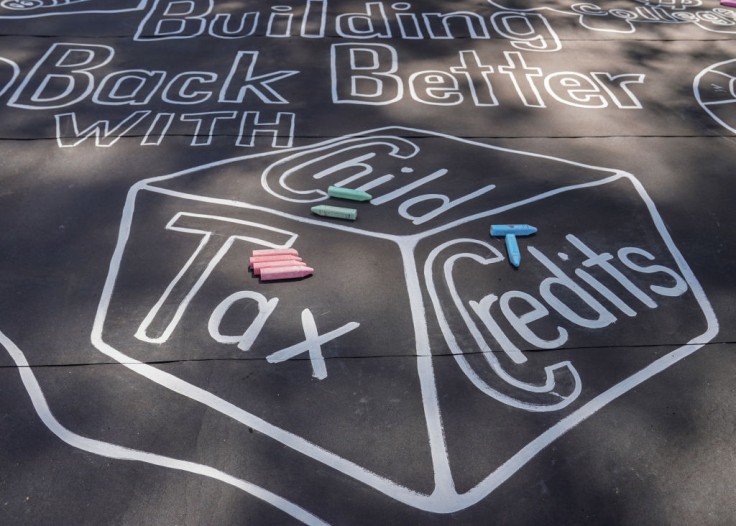
The second child tax credit payment was released to taxpayers on August 13, but less than 15 percent -- or about four million parents -- did not receive any direct deposit, the IRS has confirmed.
The federal agency acknowledged that a percentage of payments got delayed due to a glitch in the preparation. In a statement, the IRS said that it had taken additional steps to prevent delays in the delivery for September until December 2021.
Taxpayers expecting a direct deposit payment but did not receive anything on their enrolled back accounts may receive a paper check instead on or before August 30. The IRS asked for "extra time for delivery" as they roll out the missing payments by mail until the end of the month.
Updating Address and Tracking Payments
The agency also encouraged taxpayers to log on to the IRS child tax credit portal and navigate the new features. Parents should see improved switching from paper checks to direct deposits or changing their bank account details.
Whether parents received their payments via direct deposit or through the mail, the IRS advised updating their addresses, especially if they have moved houses. It prevents delays when they send in Letter 6419, a year-end summary statement to help taxpayers reconcile their 2021 Federal Income Tax Return next year.
The portal also made improvements to opt-out of the monthly payments if a taxpayer decides to collect the benefits in lumpsum at the end of the tax season in April 2022. The IRS also said that future portal enhancements are in the works to allow taxpayers to add or remove their children beneficiaries, report their change in income, as well as their marital status.
As for tracing delayed payments, taxpayers may fill out a request by faxing or mailing a two-page document, the Taxpayer Statement Regarding Refund or Form 2911. However, before sending this form, the IRS said that parents need to wait at least five days if they were expecting a direct deposit and four weeks if their paper check was mailed through the post. If they used a forwarding or foreign address, they would need to wait six to nine weeks before filing a trace.
Why Some Parents Are Opting Out
Meanwhile, some parents may decide to unenroll for the child tax credit payments before the third round. The IRS said that they must also update their records before August 30 to reflect this request.
While the choice to receive payments in full, instead of monthly credits, is a major reason for opting out, some parents may also stop the payments because of changes in the family situation, such as divorce. If dealing with tax issues isn't the priority at the moment, the taxpayers may simply click on the stop request at the portal.
Some parents may also be concerned about the overpayment, so they cancel the monthly benefits because they could owe the IRS more money by April next year. It can happen for parents whose income changed because of a new job or more work bearing in mind that the child tax credit payments are based on old income tax returns from 2020 or 2019.